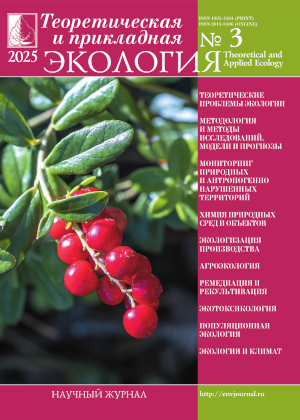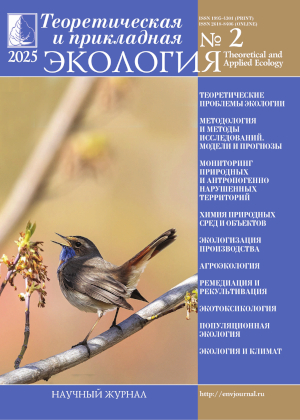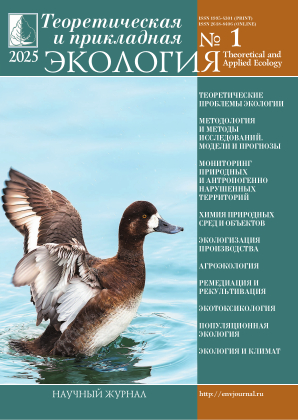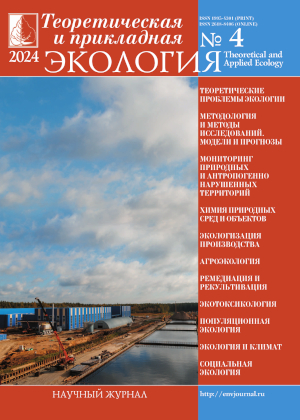 ISSN 1995-4301
ISSN 1995-4301(Print)
ISSN 2618-8406
(Online)
Online version of the journal
|
Vegetation monitoring in the area of hazardous industrial waste disposal facilities |
||||
| Е.А. Domnina, Е.V. Dabakh, T.Ya. Ashikhmina, G.Ya. Kantor, A.S. Timonov | ||||
| Section: Monitoring of natural and anthropogenically disturbed areas |
||||
| Based on the experience of vegetation monitoring in the sanitary protection zone and the protective measures zone of a chemical weapons destruction facility (CWDF), recommendations for organizing a vegetation monitoring system in the areas adjacent to chemically hazardous facilities are given. When repurposing a CWDF, it is necessary to take into account the state of the vegetation prior to the start of facility operation and consider this state as a natural-anthropogenic background. It will differ from the natural background, but will objectively reflect the environmental impact of the new facility. Herbaceous, in particular meadow, vegetation is more flexible over time. In this regard, in the taiga-forest zone, vegetation monitoring in forest areas is more informative than in meadow areas. The recommended schedule for vegetation monitoring is once a year at the same time; sampling of needles and lichen thalli is carried out simultaneously with plant observations. When organizing the monitoring, vegetation monitoring sites should be located at different distances from pollution sources, taking into account the wind rose and the soil monitoring network, as well as the indicator species presence. If pollutants formed as a result of the industrial and technical complex activities are detected in lichen thalli and needles, the observation network should be expanded in the appropriate directions, taking into account the indicator species presence. To isolate the natural factors effect, studies should be conducted in background areas. It is recommended to assess the prolonged effect of the facility by the change of pollutants content in lichens and pine needles at different distances from the source of exposure. | ||||
| Keywords: monitoring, vegetation, pollution, Pinus silvestris L., Hypogymnia physodes (L.) Nyl. |
||||
| Link | ||||
| Article published in number 2 for 2025 DOI: 10.25750/1995-4301-2025-2-063-071 |
||||
|
|
36, Moskovskya street, Kirov, 610000, Editorial Board "Theoretical and Applied Ecology." Phone/fax: (8332) 37-02-77 e-mail: envjournal@vyatsu.ru The journal was founded in 2007 |
||||||




 Select viewing options
Select viewing options